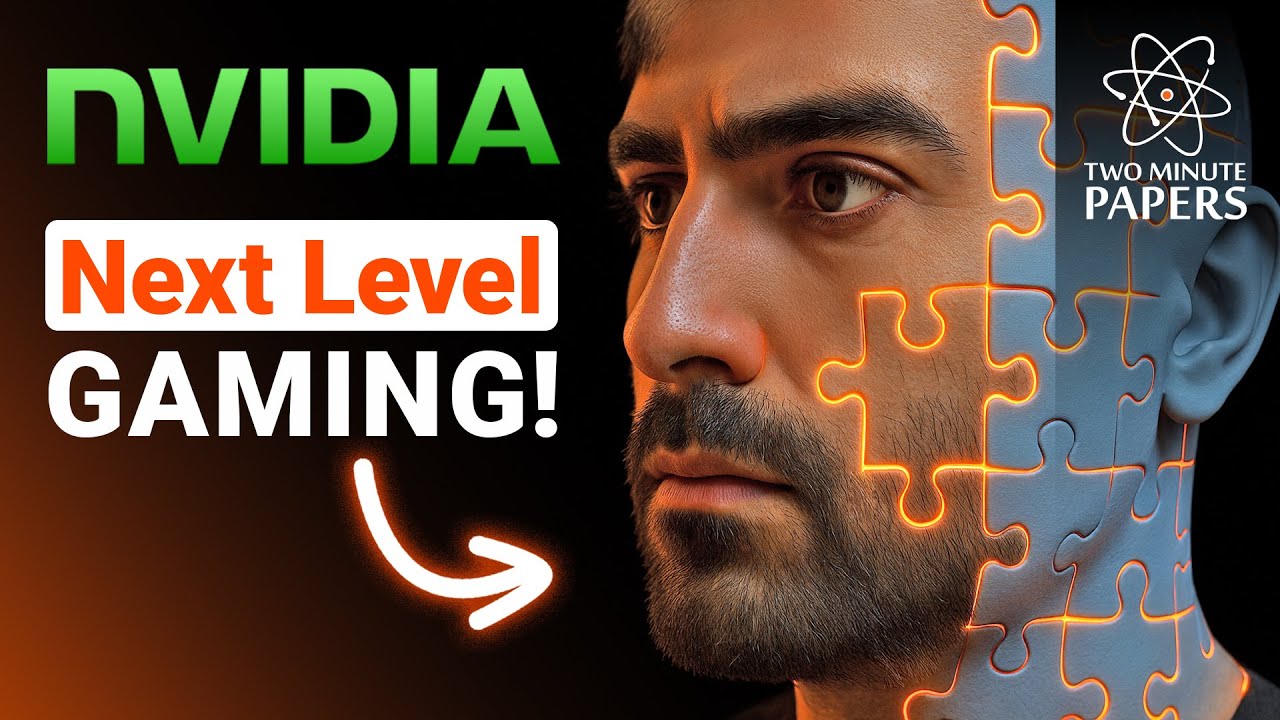The video highlights recent AI breakthroughs in creating highly realistic virtual worlds, including improved scene rendering, accurate 3D reconstruction from single images, and more lifelike digital humans. These advancements are bringing us closer to fully immersive and believable virtual environments, with ongoing innovations addressing current challenges in realism and physical consistency.
The video discusses the current challenges and recent breakthroughs in creating realistic virtual worlds populated with objects and humans. While AI has advanced significantly, rendering immersive and lifelike virtual environments remains difficult. Traditional methods like NeRFs and Gaussian splatting can generate scenes from new viewpoints but often produce noisy or flawed results when data is limited. A new AI technique has emerged that can clean up these imperfections, producing near-perfect visuals and making virtual worlds more feasible.
The second major challenge addressed is reconstructing 3D scenes from images. Earlier methods struggled with coarse details and object misalignment, especially when attempting to recreate entire scenes rather than individual objects. A breakthrough AI model now allows the creation of detailed, accurate 3D reconstructions from just a single image of a scene. This model incorporates a GPT-like understanding of object relationships and uses physics-inspired corrections to ensure realistic positioning and scaling, resulting in highly accurate digital replicas of real-world environments.
The third obstacle involves integrating dynamic objects and ensuring they obey physical laws within virtual worlds. Previous techniques often resulted in floating or intersecting objects, breaking immersion. The new approach combines scene understanding with physics-based adjustments, refining the reconstructions to produce physically plausible scenes. This progress significantly enhances the realism and usability of virtual environments, bringing us closer to fully immersive digital worlds.
However, creating realistic digital humans remains a formidable challenge. Earlier methods failed to produce convincing avatars, as even minor inaccuracies in facial features or gestures are easily noticeable due to our sensitivity to human expressions. A recent innovation uses deformable Gaussians attached to facial geometry, capturing detailed facial motions at high resolutions. While not perfect—teeth and eye movements still need improvement—this technique marks a substantial step forward in generating lifelike virtual humans.
Overall, the video highlights rapid advancements across multiple aspects of virtual world creation, from scene rendering and scene reconstruction to realistic human avatars. These breakthroughs suggest that near-perfect virtual environments are on the horizon, driven by innovative AI research. The speaker emphasizes the importance of sharing and discussing these developments, as they are crucial yet underappreciated, and encourages viewers to stay tuned for ongoing progress in this exciting field.
